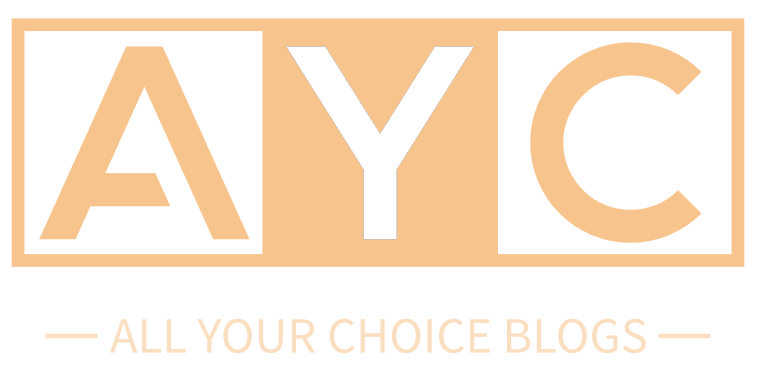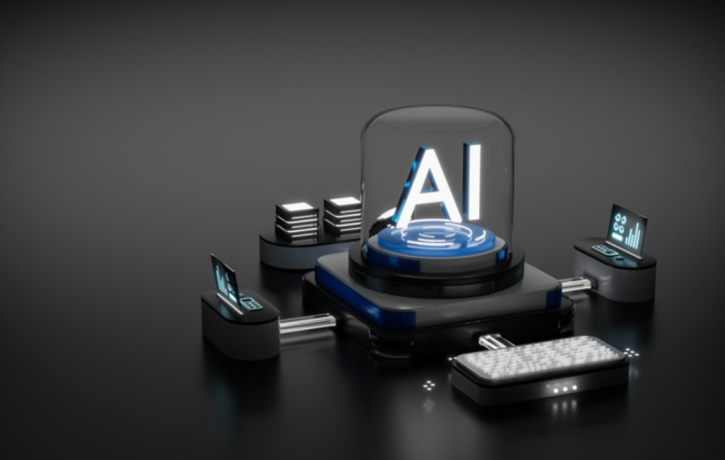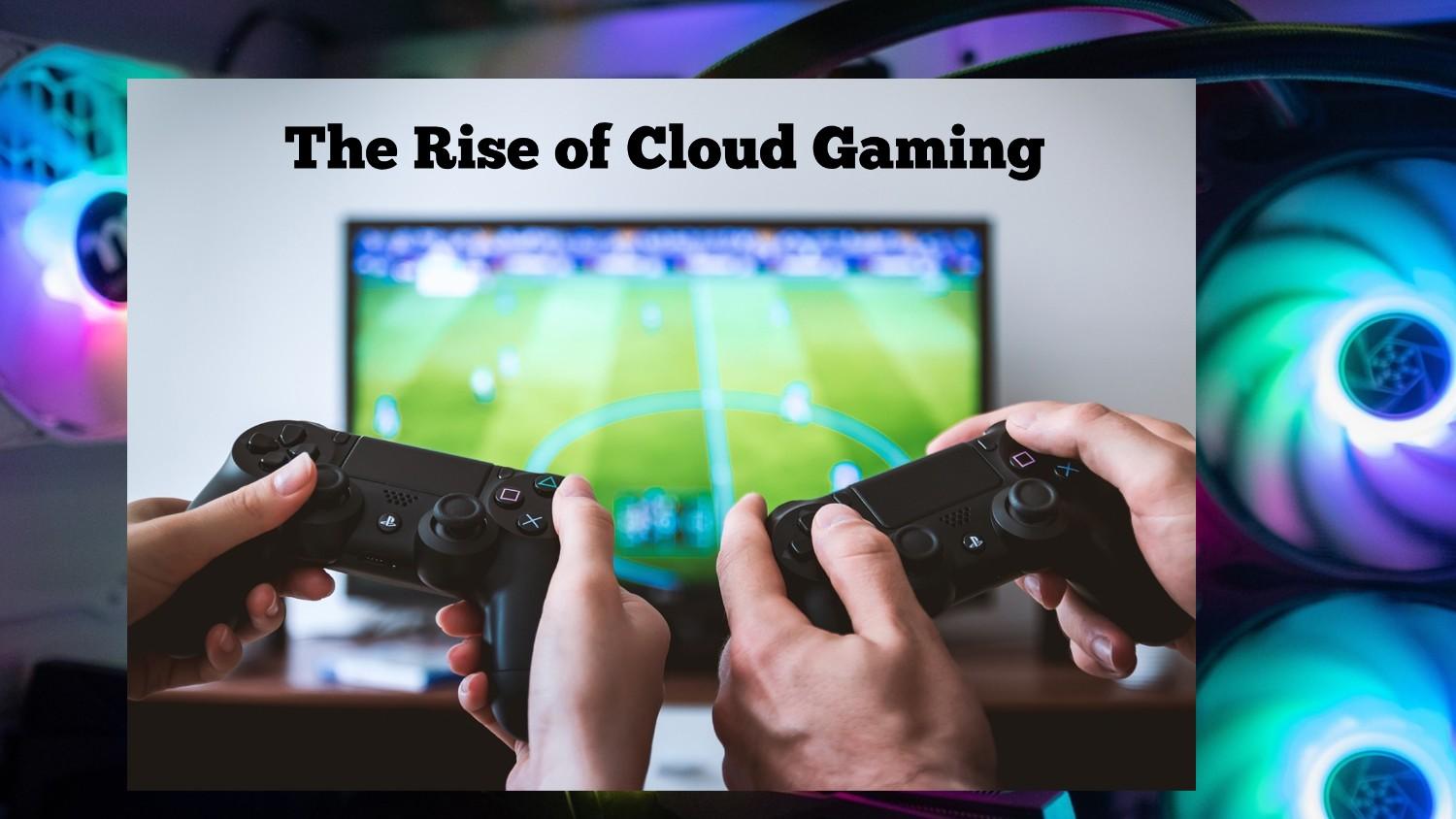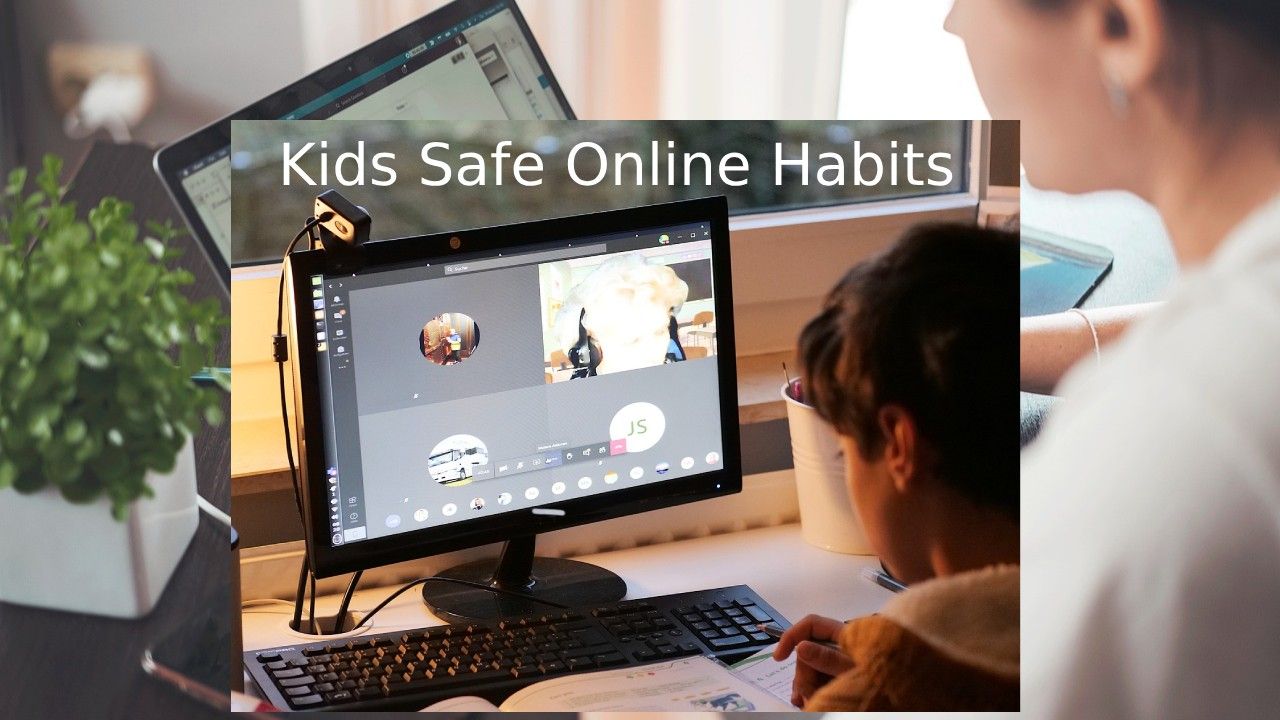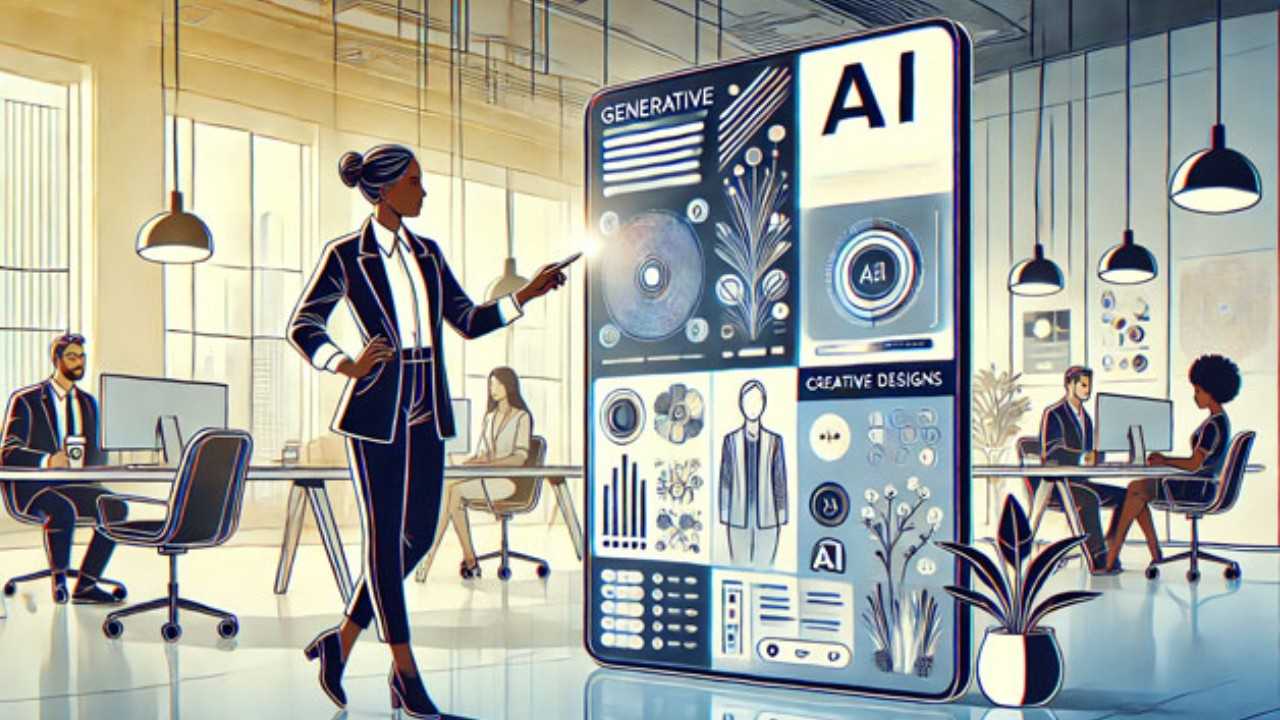
The Rise of Generative AI: What It Means for Creativity and Jobs
Generative AI in the workplace. In recent years, generative AI has rapidly moved from academic novelty to a mainstream phenomenon. Tools like ChatGPT, Midjourney, DALL·E, and MusicLM are reshaping the boundaries of what’s possible in creative expression, automating tasks once thought to require uniquely human ingenuity. While this revolution promises exciting opportunities, it raises critical questions about the future of work and the nature of creativity.
What Is Generative AI?
Generative AI refers to algorithms that create new content—text, images, music, code, and even video—based on patterns learned from vast datasets. Unlike traditional automation, which follows predefined rules, generative AI mimics human-like creativity by generating original outputs that are coherent, contextual, and often surprising.
A New Era of Creativity
Generative AI has democratized creativity. Artists can now produce complex visuals in minutes. Writers can brainstorm, draft, and edit content more efficiently. Musicians can compose scores using AI-generated harmonies and rhythms. For non-creatives, the technology lowers barriers to entry, allowing anyone with an idea to bring it to life.
This doesn’t mean creativity is dying. Rather, it’s evolving. Human creators are increasingly acting as curators, editors, and visionaries—guiding and refining AI-generated outputs to match their intent and style. Generative AI is becoming a powerful co-pilot, not a replacement.
The Impact on Jobs
Generative AI in the workplace. The labor market is feeling the tremors. AI tools are beginning to handle routine content creation, customer service, graphic design, legal writing, software development, and more. According to a Goldman Sachs report, up to 300 million jobs worldwide could be affected by generative AI.
However, disruption doesn’t always equal destruction. Just as the internet created new industries even as it displaced old ones, generative AI is expected to give rise to new roles: AI trainers, prompt engineers, digital ethicists, and human-AI collaboration specialists.
Jobs emphasizing emotional intelligence, critical thinking, and complex problem-solving are likely to be more resilient. Meanwhile, workers in creative fields may find themselves evolving into hybrid roles that blend technical fluency with artistic judgment.
Ethical and Economic Challenges
Generative AI also poses complex ethical dilemmas. It can unintentionally plagiarize existing works, spread misinformation, and deepen biases if not properly managed. Moreover, it raises concerns around intellectual property—who owns content created by an AI?
On the economic front, there’s a growing debate about how to distribute the value generated by AI fairly. Should creators whose work trains AI models be compensated? Should companies be allowed to replace entire departments with automated systems?
Looking Ahead
Generative AI in the workplace. Generative AI is neither a magic wand nor a doomsday device. Like any transformative technology, its impact will depend on how we use it. To harness its benefits while mitigating its risks, society will need thoughtful policies, inclusive dialogue, and a commitment to human-centered innovation.
In the end, the rise of generative AI in the workplace challenges us not just to rethink our jobs, but to reimagine the very nature of creativity—and what it means to be human in the age of intelligent machines.
